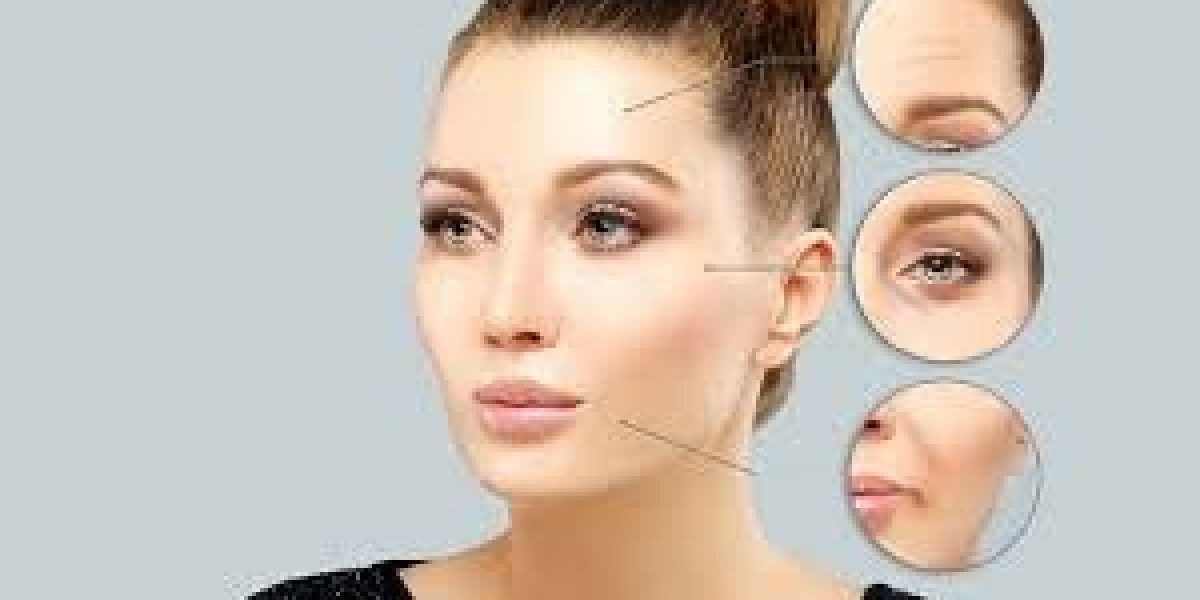Botox, a popular injectable form of Botulinum Toxin, is used across cosmetic and medical applications to address a variety of disorders—from wrinkles and fine lines to chronic migraines and muscle spasms. This potent neurotoxin, properly administered, offers impressive advantages with a robust safety profile.
In this ultimate guide, we'll discuss what Botox 100 units is, its mode of action, active constituent, details of dilution, and possible side effects. Whether you are thinking of taking it for cosmetic enhancement or medical requirement, knowledge of its ingredients and efficacy can assist you in making the right choice—particularly applicable for patients undergoing treatment in highly regulated areas such as Australia, where usage of Botox is strictly monitored for safety and outcome.
What is Botox 100 Units?
Botox 100 units is the name of a vial which has 100 units of purified Botulinum Toxin type A, specifically branded as onabotulinumtoxinA. A unit is the unit of measurement of the toxin's strength, and the 100-unit vial is a standard dosage in the form that professionals utilize for several areas of application.
This product is produced from the Clostridium botulinum bacterium. Although the term "toxin" has negative connotations, it's applied in highly controlled, infinitesimal amounts proven to be safe by doctors when administered by medical professionals.
Active Ingredient: Botulinum Toxin
The active substance of Botox 100 units is Botulinum Toxin type A, a purified neurotoxin. It achieves its effect by temporarily inhibiting nerve impulses to muscles, which relax. The relaxation reduces wrinkles in cosmetic use and treats symptoms of medical disorders caused by muscle overactivity.
Botulinum toxin does not permanently stay in the body. Its effects are transitory, typically lasting 3 to 6 months, depending on the area treated and the response of the individual.
Brand Name: OnabotulinumtoxinA
OnabotulinumtoxinA is the brand name of this particular formulation of Botulinum Toxin A. It is marketed under the name Botox, manufactured by Allergan. This product has FDA and TGA (Therapeutic Goods Administration in Australia) approval for a range of aesthetic and therapeutic uses.
Other products such as Dysport, Xeomin, and Jeuveau employ Botulinum Toxin A, although Botox (onabotulinumtoxinA) is the most well-known and popular product in the world, including in Australian clinics, which demand a high level of product consistency and documentation.
Medical and Cosmetic Application of Botox 100 Units
Medical Application:
Botox 100 units is commonly applied in medical practice to treat:
Chronic migraines
Cervical dystonia (neck muscle spasms)
Hyperhidrosis (excessive sweating)
Overactive bladder
Spasticity in upper and lower limbs
Strabismus (eye muscle disorders)
In these injections, the accurate dose is very important. A skilled healthcare professional assesses the severity of the condition and divides the 100 units accordingly into several injection sites.
Cosmetic Uses:
In cosmetic dermatology, Botox 100 units are typically used to reduce:
Forehead lines
Crow’s feet around the eyes
Frown lines between the eyebrows (glabellar lines)
Bunny lines on the nose
Neck bands (platysmal bands)
The entire 100-unit vial can be utilized in one session or split over a number of sessions or treatment zones, according to the patient's facial structure and aesthetic objectives.
Botox 100 Units Dilution: How It Works
Dilution is an important aspect of Botox preparation. Botox 100 units is often delivered as an anhydrous powder and requires reconstitutireconstitutionth sterile, preservative-free 0.9% before injection.
Standard Dilution Ratios:
The dilution may vary based on the clinician's choice and the area to be treated. Standard dilutions are:
1 mL saline = greater concentration (applied to small surfaces where the results must be exact)
2.5 mL saline = normal concentration (most commonly used for overall facial treatments)
4 mL saline = less concentrated (occasionally applied to areas such as the neck or larger surface areas)
A stronger solution provides the practitioner with more control in specific locations, and a weaker mixture offers a more diffused, gentler effect.
Only trained specialists must prepare and administer Botox, as improper dilution may diminish effectiveness or augment side effects.
Botox 100 Units Side Effects: What to Expect
Although Botox is safe, side effects can still happen, particularly if not applied well or if the patient has pre-existing medical conditions.
Common Side Effects:
Localized pain or swelling at the injection site
Bruising
Headache
Flu-like symptoms
Temporary weakness of muscles around the injected area
Less Common But Serious Side Effects:
Drooping eyelid (ptosis)
Difficulty swallowing or breathing (in very rare cases)
Allergic reactions like rash or itching
Double vision or dry eyes when injected near the eyes
These dangers highlight the need for selecting an experienced injector. Certified dermatologists, cosmetic physicians, and plastic surgeons in Australia are licensed to conduct Botox treatments under rigorous medical protocols, guaranteeing optimal safety standards.
Is Botox 100 Units Effective?
Yes—Botox 100 units is very effective when properly applied. The effects usually begin to manifest within 3 to 5 days post-injection, peaking at 1 to 2 weeks.
Cosmetic outcomes tend to last 3 to 4 months, with medical uses, including migraine or hyperhidrosis conditions, lasting up to 6 months or more.
The secret of long-term success is in:
Proper dosage
Accurate placement
Regular but not over-frequent treatment regimen
Adhering to pre- and post-treatment advice (e.g., no heavy exercise, heat, or reclining for 4–6 hours after treatment)
Why Botox is a Respected Option in Australia
In Australia, the use of Botox 100 units remains on the rise because of its solid track record of safety and efficacy. The nation's Therapeutic Goods Administration (TGA) closely monitors products such as onabotulinumtoxinA, assuring that only quality, clinically tested preparations are sold in the country.
In addition, Australians are increasingly opting for medically supervised beauty treatments, particularly those conducted in licensed cosmetic clinics and dermatology clinics. This movement towards evidence-based beauty and health practices has made Botox a standard in both cosmetic and therapeutic regimens








